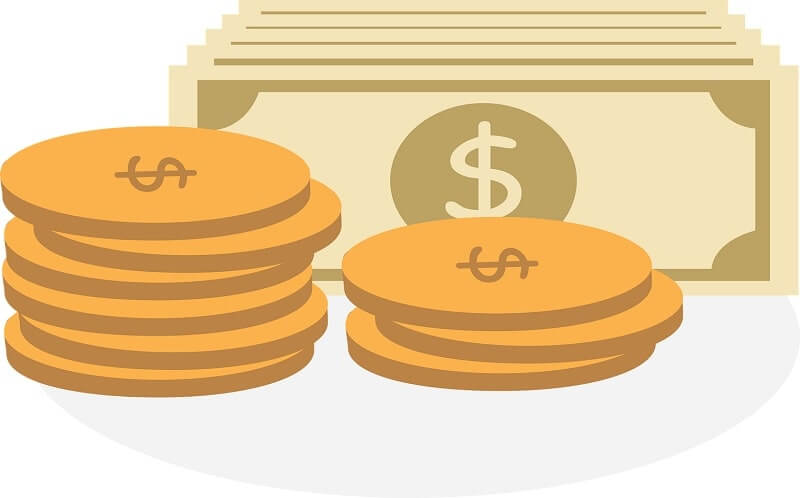Whether you’ve just recently begun working or are almost finished, you may still increase the size of your retirement fund. Compound interest works in your favour when it comes to saving for retirement.
The fact is that the sooner you begin saving, the better off you may be in the long run because of the power of compound interest. It’s also essential to remember that you’re not alone if you started saving for retirement late or haven’t started at all and that there are measures you can take to boost your retirement savings balance.
1. Concentrate on getting started right away
Start saving as much as you can now, especially if you’re just getting started with your retirement savings. Compound interest, which is the capacity of your assets to produce profits that are reinvested to generate more earnings, has the potential to work in your favour. When it comes to getting a business started, Greenberg believes that the sooner you begin the better your chances are.
Even a little amount of money invested early on may provide positive benefits
By beginning sooner, a 25-year-old who invests $75 per month acquires greater assets by the time he or she reaches the age of 65 than if he or she had begun investing $100 per month at the age of 35, although spending less money each period. In comparison to spending bigger amounts of money for shorter time periods of time, investing a lesser quantity of money over an extended period of time may provide better investment returns.
2. Make a contribution to your 401(k) (k)
If your company provides a conventional 401(k) plan and you are qualified to participate, you may be able to make contributions before paying taxes, which may be a substantial benefit. Consider the following scenario: you are in the 12 percent tax bracket and want to donate $100 each pay period. Because that money is deducted from your paycheck before federal income taxes are calculated, your take-home pay will only be reduced by $88 each month. As a result, you will be able to invest more of your money without feeling the impact on your monthly budget as much.
3. Comply with your employer’s requirements
If your company matches your 401(k) plan contributions, Greenberg advises that you make at least the minimum amount required to take full benefit of the match. Employers may, for example, offer to match up to 50% of employee contributions up to a maximum of 5% of your gross income. That implies that if you earn $50,000 a year and makes a $2,500 contribution to your retirement plan, your employer will match your contribution with an additional $1,250.
4. Establish an Individual Retirement Account (IRA)
Consider creating an individual retirement account (IRA) to aid in the accumulation of your retirement savings. Depending on your income and whether or not you and/or your spouse are participants in a job retirement plan, you may want to consider a Traditional Individual Retirement Account (IRA). Tax deductions may be available for contributions to a Traditional IRA, and the investment profits may have the chance to grow tax-deferred until you begin taking distributions during retirement. For those who earn more than the phased-out income limitations, which are dependent on their federal tax filing status, a Roth IRA may be a suitable option for them to consider.
5. If you are above the age of 50, you may take advantage of catch-up contributions
Because IRA and 401(k) contributions are restricted to a certain amount each year, it is critical that you begin saving as soon as possible. The good news is that As of the calendar year in which you turn 50, you are entitled to make catch-up contributions to IRAs and 401(k)s, which allow you to contribute more than the usual limitations.
6. Put your savings into automatic mode
The term “pay yourself first” is one you’ve undoubtedly heard before. According to Greenberg, if you set up your retirement payments to be sent automatically each month, you would have the chance to possibly build your nest egg without even thinking about it. It is possible to set up automatic recurring payments to your Merrill IRA from another account at a financial institution such as Merrill, Bank of America or another financial institution using the Merrill Automated Funding Service. In addition, the Merrill Automatic Investment Plan, which invests money in specified funds on your behalf, allows you to automate your investment choices.
7. Keep your expenditures under control Examine your spending plan
You may be able to negotiate a cheaper rate on your vehicle insurance, or you might be able to save money by taking your lunch to work rather than purchasing it. Merrill offers a cash flow calculator that may assist you in determining where your money is going and identifying areas where you can cut down on spending to free up more funds for saving or investing.
Last Words
The amount of money you put into your retirement plan now may make a significant impact on how much money you have when you’re ready to retire in the future. Even a modest increase in your contribution rate from 4 percent to 6 percent over the course of 30 years, assuming a $50,000 annual income, may add more than $101,000 to your retirement nest egg.















































